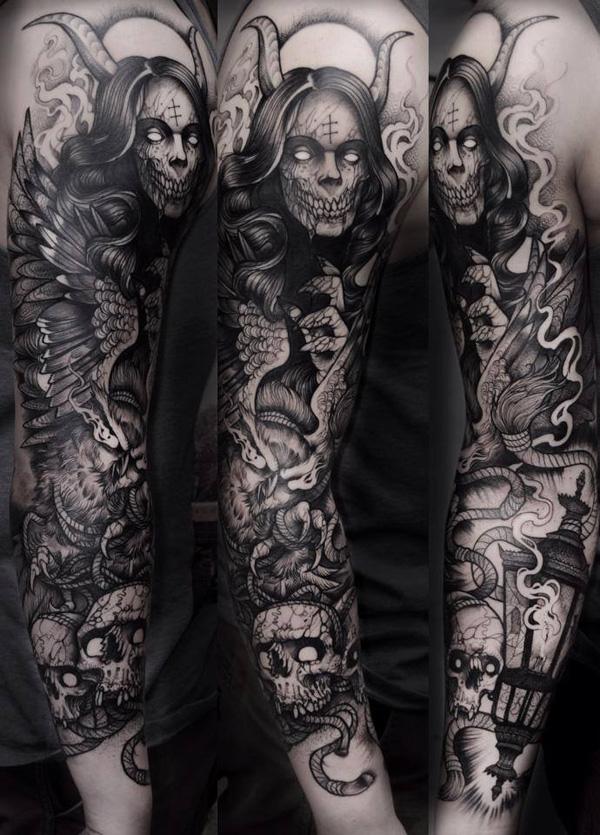

Importantly, tattoos were legalized not by Japan’s own government, but by the occupation forces – so the change in laws was not Japan’s autonomous decision, rather it was forced upon the country.Ī social stigma, largely based in the idea of tattoos’ relation to criminal activity, remains palpable in Japan. Since tattoos were already seen as unsavory and inappropriate, Japan banned them in order to make the country appear sophisticated and civilized to Western visitors.Īlthough tattooing became legal again in Japan in 1948, the practice is still largely frowned upon. Around this time, the country had begun opening its borders to Western countries. The reason why tattoos were made illegal in Japan at this particular point in time is related less to crime, though, than to maintaining a good public opinion. Having a tattoo made you a criminal by definition! This made the association between crime and tattoos even stronger: first, criminals were tattooed against their will – then they chose to get tattoos, against the law. This is largely due to developments in printing technology, which allowed images of art pieces and tattooed people to appear in publications.Ī trend for decorative tattoos was born – and eventually stifled by the government declaring tattoos illegal in 1868. As we’ve already mentioned, the 17 th century is when tattoos began gaining in popularity in Japan. The style of tattoos we’ve come to recognize as Japanese has its origins in the Edo period (1600-1867). Large tattoos, particularly designs covering the entire back, became a trademark of the Yakuza – for the members, the tattoos were a symbol of masculinity, strength, courage, and being outside the law. In particular, extensive tattoos were connected with the Yakuza – Japanese mafia clans which, as it happens, began forming around the same sort of time (17 th century). This turn of events led to the creation of a cultural association between tattoos and organized crime.

#Natural element 4 elements tattoo sleeve plus
The increasing popularity of decorative tattoos around this period meant that punishment marks lost their meaning to some extent – plus they could be covered up by the criminal more easily with a decorative design. The practice of penal tattoos continued until the 17 th century.

Ouch.įor the criminal, such branding would mean being excluded from most social circles and denied a place in a community. For example, in Hiroshima, the kanji (Japanese symbol) for ‘dog’ would be gradually tattooed on a criminal’s forehead, with each line of the symbol representing a different crime. These markings took various forms across different prefectures. In some areas, they became something of a form of punishment for criminals: a visible and lifelong branding as an outlaw. Tattoos in Japan lost their social acceptability during the Kofun period (300 AD – 600 AD). The earliest records of Ainu tattooing come from the 17 th century, and the tribe continued its tradition for at least another two hundred years – even after the government declared it illegal. They took the form of markings on the face and were symbols of both sexual maturity and religious faith. In an interesting twist, Ainu tattoos were mostly the domain of women. The Ainu tribe of the Hokkaido region is often mentioned when discussing the practice of tribal tattoos in Japan. They served to mark the tribe one belonged to and the individual rank held within that tribe. The country’s history, therefore, is irrevocably tied to tattoos.Īs with most other cultures, Japanese tattoos were originally of tribal significance. Interestingly, the oldest written record which mentions Japan, dating back to the third century AD, already mentions tattooing. Though there’s little agreement among historians as to when tattooing first became a practice in Japan, we do know for sure that it’s been around for over 2000 years. As a matter of fact, nothing could be further from the truth. Japanese tattoo art is widely recognized as one of the most beautiful and intricate in the world – you could therefore expect Japan to be proud of its achievements and heritage in this area. Keep reading for a complete guide to Japanese tattoos, and don’t forget to check out our huge gallery of stunning designs. There’s even a method of tattooing specific to Japanese tattoo art! Japanese tattoos not only look incredible but are also imbued with a range of meanings and have a long and complex cultural history and significance. Large, detailed, and colorful, they feature a highly particular drawing style and several common symbolic elements. Traditional Japanese tattoos, also known as Irezumi, represent the most recognizable and impressive styles in tattoo art.


 0 kommentar(er)
0 kommentar(er)
